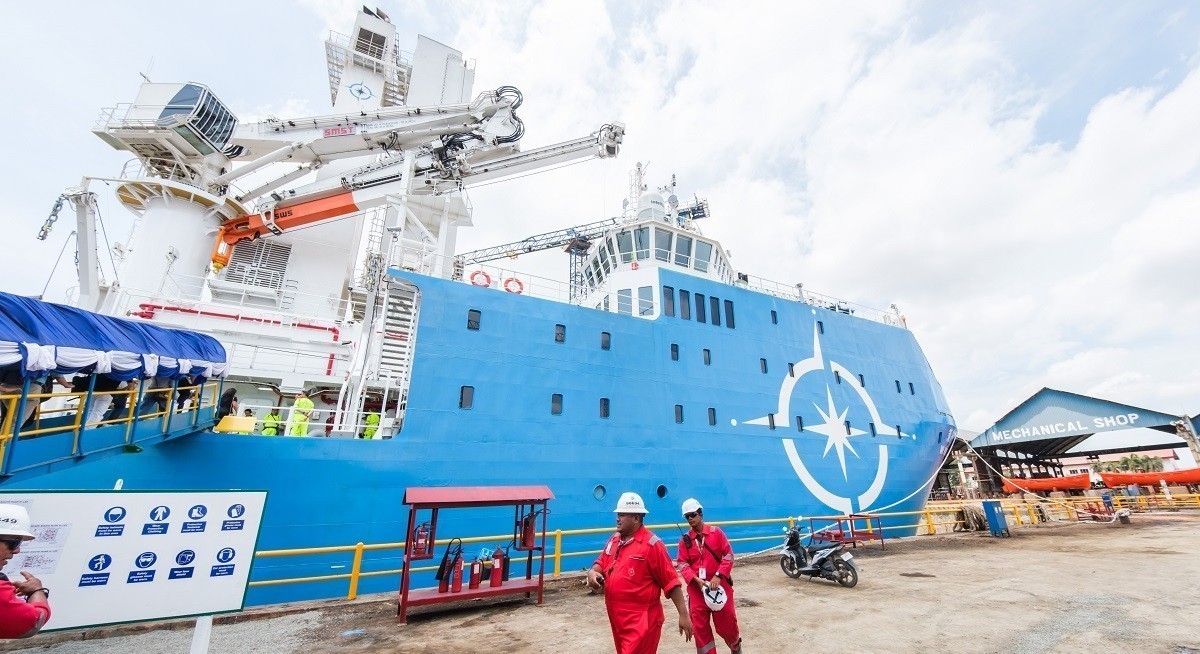The group will also be adding two new anchor handling tug supply (AHTS) vessels worth US$34 million, which will take its fleet size from 19 to 21 by the end of FY2026.
AHTS 1 will have a bollard pull, or thrusting force a vessel can exert at zero forward speed with engines at full throttle, of 80 tonnes and 6,000 brake horsepower (BHP). It will be owned by Marco Polo Marine’s 71%-owned subsidiary.
AHTS 2 will be a Singapore-registered vessel with a bollard pull of 135 tonnes and 10,800 BHP. Seet writes: “It will be designed to primarily support oil and gas activity in Southeast Asia but will also be capable of deployment to Northeast Asia to support offshore wind farm projects.”
He estimates AHTS 2 to “likely” be charted out at an average of around US$10,000 to US$11,000 a day which will add up to about US$3 million to US$3.5 million per annum per vessel.
See also: Analysts upgrade TPs for ASL Marine after higher-than-expected 1QFY2026 earnings
With this, the analyst has kept his “buy” call on the stock at an unchanged target price of 9 cents.
“We expect these additions to significantly contribute to Marco Polo Marine’s profit after tax and minority interests (patmi) from FY2027 to FY2030 when ready. But we will wait for confirmation closer to the completion date before adjusting our earnings,” writes Seet.
The analyst anticipates the group’s performance to pick up in the 4QFY2025 with the FY2026 to be stronger than in the 1HFY2025. He adds: “We believe the fleet expansion will also boost earnings per share (EPS) significantly in the FY2027 to FY2030 but will await confirmation before including it in our forecasts for Marco Polo Marine.”
See also: ‘Domestic construction boom’ to cushion S’pore’s trade-related GDP slowdown in 2026: DBS
Upside swing factors noted by him include rising charter rates and the utilisation of vessels, which should continue to boost net profit after tax (NPAT) growth by 30% y-o-y in the FY2024. He adds that contributions from new CSOVs should also “bump up” FY2025 NPAT growth, while potential new long-term contracts could lead to acquisitions to service offshore renewable players around the region. Lastly, an expansion in Marco Polo Marine’s shipyard would lead to increase in capacity to capture high demand for its repair business.
Conversely, downsides include a global recession or slowdown, a decline in oil prices which will affect sentiment in the vessel chart and building sector and finally, conflict between China and Taiwan, which could impact charter operations.
As at 1.05pm, shares in Marco Polo Marine are trading flat at 7.7 cents.




